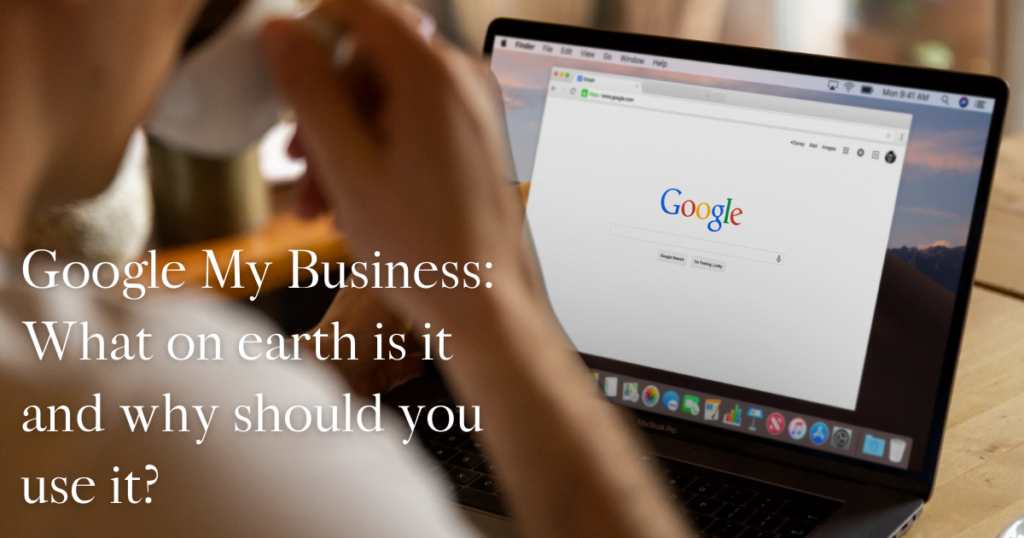Meet Suzanne, Tech VA
An Interview With Suzanne, Tech VA

As part of an interview series we’re doing on flexible working, I had the pleasure of chatting with Suzanne this week, about all things flexible working as part of Team Timesaver.
A Tech Virtual Assistant with a background in freelancing and running her own business, Suzanne joined the Timesaver team in spring 2022, bringing a wealth of experience and insights. Here’s what we talked about:
Hi Suzanne, how’s your day going so far?
Yeah, good, thank you! I’ve been co-working with Jenny, which was lovely.
It’s nice to hear that you’ve been at co-working as well. Co-working really seems to embody the principles of flexible working. I’ll probably ask you more about that later, actually. But first, it would be good to understand what your working life was like before Timesaver?
I actually met Jenny when I was a coach. So, funnily enough, I met her because she helped me with my podcast. We did a strategy session, which was amazing because I had all these ideas and needed someone to help me organise them. That must have been about three years ago now when we first met. Then, about two and a half years ago, Jenny posted on Instagram saying she was looking for someone for just a few hours a week. I really admired Jenny, and I thought, oh, I’d love to be more involved in her world! So, I started doing a bit of work for her alongside my coaching. Over time, I realised that while I loved coaching, it was quite solitary, and I really missed being part of a team. I started enjoying working with Jenny’s team more than running my own business. It was almost like the stars aligned when she mentioned there was more work if I wanted it. And yeah, so far, so good!
Everyone has such a lovely connection with Jenny to start off their story; it’s been wonderful to hear. You mentioned earlier that being part of a team or community was important to you. How do you think the value of community fits within Timesaver?
Gosh, that’s a great question because it’s such a big part of what she does. Jenny’s business is about having a purpose, a kind of business with a soul. She’s not out there trying to be a multi-billionaire entrepreneur who’s taking over the world. At the heart of it, it’s about doing good in the world, supporting, and championing people, which is really all about community. I think nearly every coffee we have together, we bump into an associate or someone she knows, which shows the community she’s built.
How would you say this sense of community within Timesaver translates to your clients?
I think the way we operate is part of Jenny’s success—everything is done with kindness. Our clients are no different from us in that they’re human, and life happens. I can think of examples where clients have experienced illness, bereavement, or some unexpected event, and instead of saying, hang on, you promised us X, Y, and Z, and that’s not good enough, we respond with okay, don’t worry, life happens—thanks for letting us know; we’ll put things on hold and pick up when you’re ready. There’s this sense of compassion that, if I’m honest, wouldn’t always be found in some London agencies. Of course, we’re still a business, but there’s flexibility, compassion, and kindness in the way we operate.
It sounds like that compassion within flexible working, then in turn positively impacts others.
Yes, I think honesty is part of it as well. For example, if I’m doing the school run, I’ll tell clients I’m picking up my kids and only have a couple of hours. I might look at their request tonight, or if not, I’ll get to it the next day. It’s all about being clear with expectations, and most people are understanding when there’s good communication.
Honesty and good communication make sense as key parts of flexible working. I was also curious—since you used to coach and empower women—do any of those coaching skills carry over into your work at Timesaver?
Yes, definitely. When coaching, you focus on the goal, helping clients bridge the gap between where they are and where they want to be. Sometimes, working with clients feels similar. If a goal needs to be unpicked, I can use my coaching skills to help them figure out what steps they need to take. There’s a great quote from Stephen Covey: begin with the end in mind. Coaching was also important for my own personal development, and if I hadn’t done it, I wouldn’t have met Jenny!
Building on that, how does flexible working influence how you see your future goals?
Flexible working has shown me that I can prioritise my family. I have two boys, and for me, it’s essential that they know I work but that I’m mum first. I never want them to feel like my job is more important than them. My ultimate goal is to be there as their solid foundation, and flexible work makes that possible.
It’s so uplifting hearing these answers—it’s very different from the traditional nine-to-five! Given that you’re a Tech VA and systems are always evolving, how would you describe the importance of upskilling in your role?
Upskilling is huge. I probably learn something new every week, which I love, though sometimes I feel a bit behind because things change so quickly. Laura and I were discussing this once in the context of social media—it’s like you could spend 24 hours on it and still feel there’s more to do. With upskilling, you need an open mind for learning, but also boundaries to keep that work-life balance. Jenny always reminds us that while we use many platforms, we’re not solely experts on one. An Asana expert might spend 40 hours a week on it, whereas Jenny and I between us are probably touching base with 20 to 30 different platforms.
One thing Jenny is brilliant at is that she won’t fit the client to a platform. She listens to their needs, budget, and options without any platform affiliation. It’s all about what works best for them.
A final question: do you have any advice for those thinking about flexible working, particularly as a Tech VA?
Get a Jenny!
That’s funny—you’re the second person to say that to me today!
I think it’s because I’ve learned so much being under her wing. The growth and knowledge have been incredible compared to if I’d done it alone. So, if you’re thinking of becoming a Tech VA, try to get experience with someone else first and learn from them. It’s similar to what Daniel Priestley says—he’s an entrepreneur with various businesses—he says to become an entrepreneur, you should work within other businesses or for other entrepreneurs first.
Thanks so much for chatting, Suzanne! Looking forward to co-working together in the future.
Hannah Naismith is a freelance writer and editor who recently joined Team Timesaver as an intern. At the moment, she’s currently working on her first novel, which is a piece of creative nonfiction. Hannah’s experience encompasses editorial work for books, journalism and copywriting.
Connect with her on LinkedIn (https://www.linkedin.com/in/hannah-naismith-688876291/) to chat more about all things writing and editing.

















